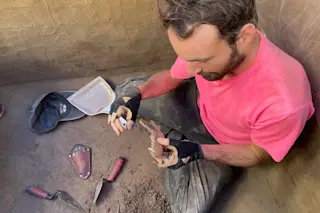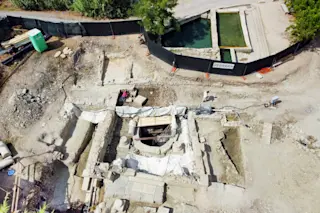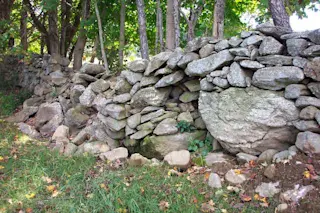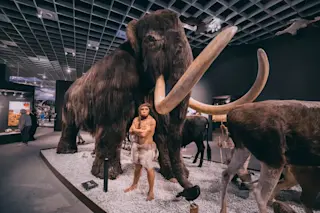In 605 a.d. a Buddhist monk named Jingwan decided that the only way to save the scriptures of his faith from destruction at the hands of hostile Chinese emperors was to chisel them in stone. It took generations of monks at the Yunju monastery, near present-day Beijing, more than a millennium to complete Jingwan’s project. But by 1644 the scriptures had been carved onto 14,278 stone tablets, ranging in size from two-and-a-half by one-and-a-half feet to eight by two feet. The monks hid many tablets in nine caves they had dug in a mountainside near the monastery. Locals knew of the tablets, but no one else did until Josef Guter, a German historian and China specialist, came upon them two years ago. A farmer showed Guter the caves, including this one, where the tablets still remain. (Some tablets are visible along the wall, just beyond the pillars.) The most important ...
Anyone for a Second Edition?
Discover how Buddhist monk Jingwan preserved sacred scriptures in stone, overcoming Chinese emperors' destruction. A legacy of faith endures.
More on Discover
Stay Curious
SubscribeTo The Magazine
Save up to 40% off the cover price when you subscribe to Discover magazine.
Subscribe













